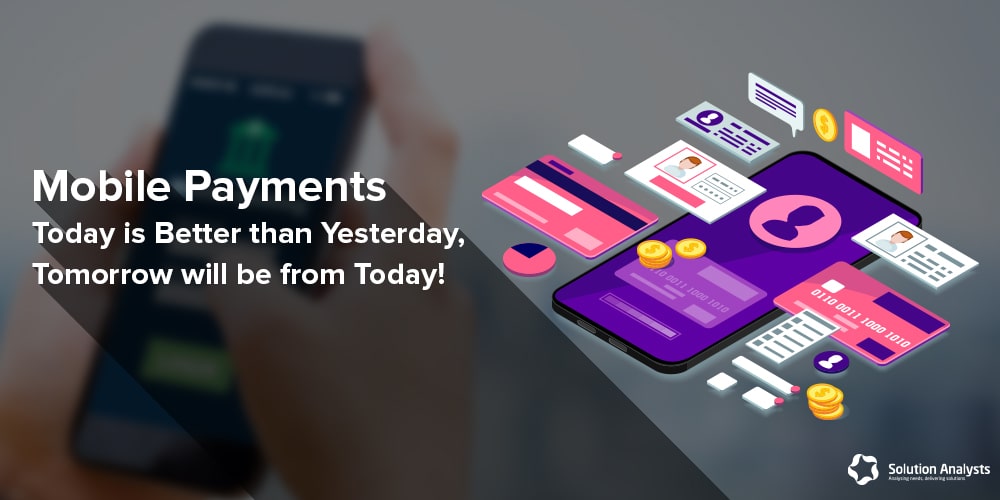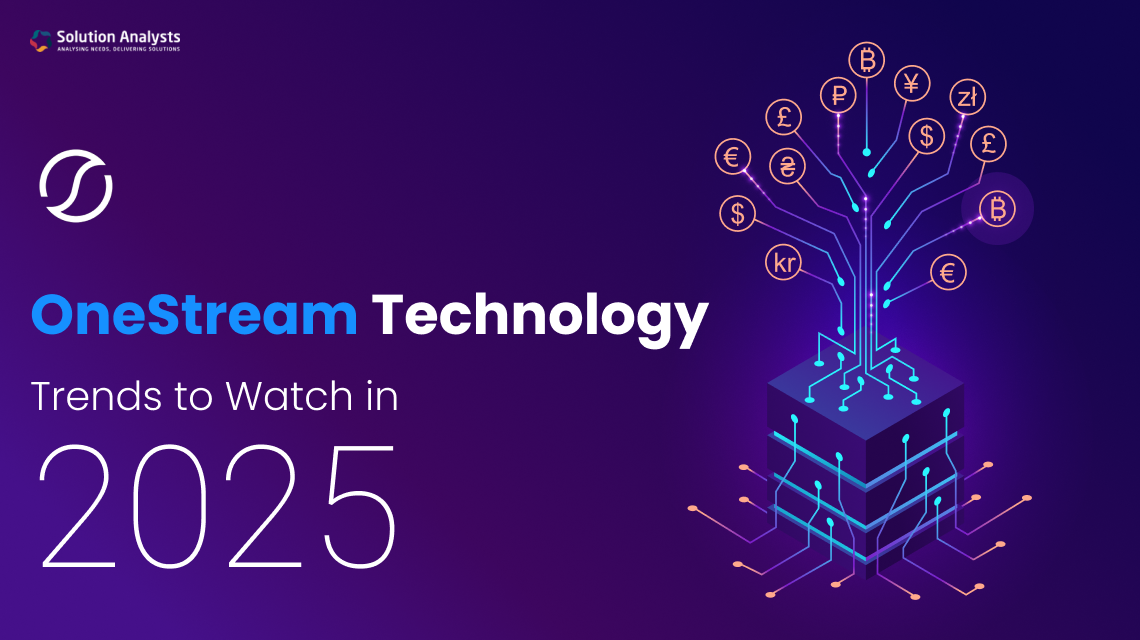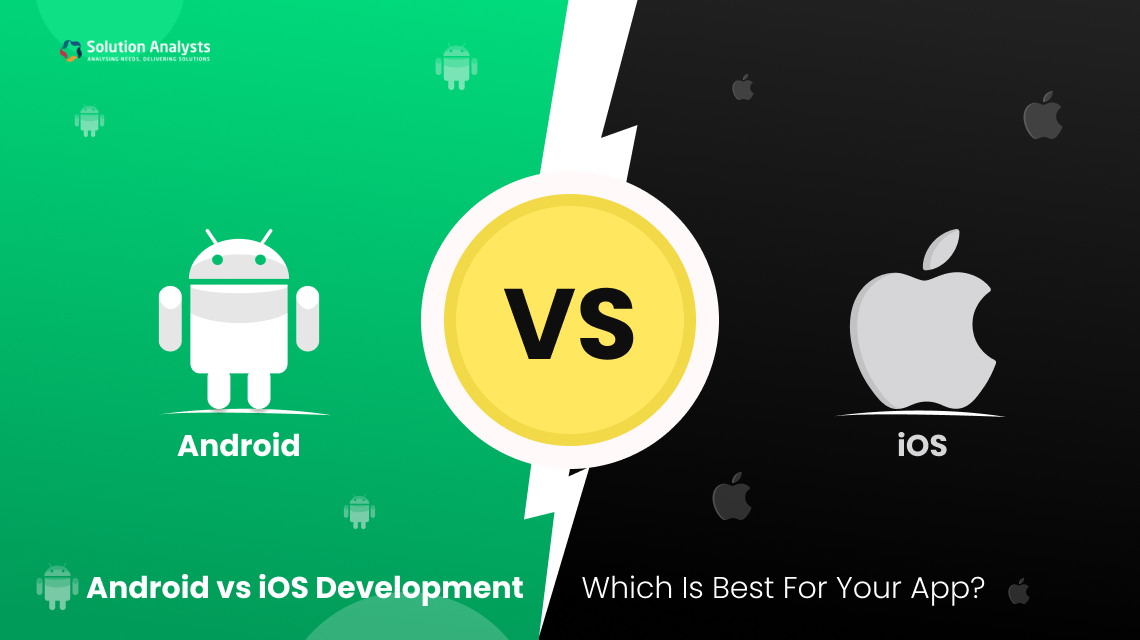
Table of Contents
Let’s go back in early 2000s. Cash payment was the only option available in most countries. Card-based payment was on the rise and only rich people could afford it. Then, technology evolves and the era of smartphone begun worldwide. Today, we have more advanced payment methods than before in the form of mobile payment solutions.
However, the history of mobile payments is as interesting as its present. Let’s dig deep into the early days of mobile payment.
Mobile Payment Solutions- Yesterday
It was 1997 when the mobile-based payment for services or goods was introduced by Coca Cola. The customers could pay for Coca Cola through an SMS in a beverage vending machine. Here the payment was made through an account linked to the user’s mobile device. Though this facility was useful for smaller amounts, or say micropayments, it is fair to mention that it has opened the doors of new opportunities for mobile payment technology.
Talking about the banks, Merita Bank based in Finland has launched the world’s first phone-based banking service in the same year. It was also based on SMS and showed the world how mobile devices can be used for banking services. The mobile payment technology evolved with time, and it became possible to buy movie tickets by using mobiles by the year 1999. However, the real turnaround came in the year 2007.
Vodafone launched one of the largest mobile-based payment systems in 2007. This system was based on USSD/SMS technology and facilitated various macro and micropayments. After this, the mobile payment systems for small businesses kept on evolving with time. Finally, Apple and Google entered the mobile payment domain in the year 2011. Google brought its digital wallet solution based on NFC technology.
Apple followed this technology in its app Passbook. However, this app focused on coupons and boarding passes. Three years later, in the year 2014, Apple launched its mobile payment and digital wallet service known as Apple Pay. Initially, this service was available in the USA and synced with iPhone 6. Today, this service is available in most countries. The year 2015 was a remarkable year for mobile payment as Samsung Pay and Android Pay were released.
Mobile Payment Technology- Today
Today, we are having many features of mobile payment thanks to technological advancements. Here is brief information on the current trends of mobile-based payment.
Payments without contacts
Contactless payments do not need any physical contact between the mobile device and the reader. It enables the customers to tap a credit card or simply wave their smartphones over the reader. It will complete the payment process. This type of payment is faster than swiping or insertion of the credit/debit card. GooglePay, SamsungPay, and ApplePay use this system. Let’s have a glimpse of other aspects of contactless payments.
Contactless card
The UK and South Korea have the highest penetration of contactless cards. Even the US has only around 4% of penetration of the contactless cards. However, this situation is going to change in a short time. A global card leader Visa has estimated that it will issue almost 300 million contactless cards by the end of 2020.
Demand of customers
As a simple, secure, and swift way to pay, the contactless payment facility is gaining ground among customers worldwide. People prefer this method because it saves their waiting time at the counter or checkout. Transactions based on contactless payments are faster than other online payment modes, and the customers can save their time. Another benefit of the contactless payment method is the customer’s card details are not revealed by any means.
Enterprise adoption
Businesses usually follow market trends and the customer’s preference when it comes to online payment. Be it the NYC’s subway system or London’s public transit system, several large public and private enterprises have adopted contactless payment method. The digital mobile wallet solution offered by various businesses also provides this facility to the customers.
Voice-based payment
It all started with the release of a smart speaker. An eCommerce giant Amazon launched it back in 2014. Both Google and Apple followed suit. Amazon Echo is a great choice for payments made through smart speakers. BI has estimated that by the end of 2022, there will be 78 million users in the US of smart speakers. This indicates the bright future of voice-based payments.
Omnichannel payment
The mobile app development company can play a vital role in implementing an omnichannel payment system. It addresses the changing needs and expectations of consumers based on smartphones. In-app payments, one-click commerce, and digital mobile wallet solution are some of the popular payment methods. Nowadays, many companies come up with this facility to enhance customer satisfaction and boost in-store sales efficiency.
Mobile Payment System- Tomorrow
Future trends of mobile payment are based on emerging technologies like IoT, ML, and Blockchain. While improving the functionality, the core focus of digital mobile wallet solution will remain on improving safety. Let’s go through the future trends.
Machine Learning
The wallet app development process has integrated the advancement of AI (Artificial Intelligence) known as Machine Learning (ML) into the customized mobile wallet. As the daily amount transferred as a mobile payment keeps on increasing, it becomes increasingly difficult to scan frauds. There, ML comes to our rescue. Banks and financial institutes count upon this technology for scanning and securing the transactions.
Usually, banks store new transactions in the ML software to highlight the difference between normal and fraudulent transactions. The software can analyze these cases and identify fraudulent transactions in real-time over the period. Credit card companies also send messages and notifications to their customers regarding fraudulent transactions. We can expect that evolving ML technology will help banks to safeguard mobile payments against any malicious attack and breach.
Also Read – How Mobile Payment Trends Change the Future of Online Payments
Mobile POS (Point of Sale)
The features of mobile payment include the compatibility with Mobile Point of Sale or mPOS. These are the wireless devices that offer a simple, convenient, and portable way to accept payments. Merchants can take these units anywhere to accept payments from customers. These mobile units are way better than a legacy in-store system. It is expected that the number of mPOS devices will reach 27.7 million devices by the end of 2021.
Biometric authentication
These days, Android phones and iPhones both offer additional security features like a fingerprint scanner, retina scanner, and a voice-based locking system. These are additional safety systems that can make online transactions more secure. Many banks and finance companies have adopted this biometric authentication system to enhance the digital security of mobile payments.
Companies also tend to hire mobile app developers to integrate biometric authentication feature in the mobile wallet. In the coming years, we can expect that this authentication method will replace the PIN number-based system. Also, when millions of billions of customers will switch to mobile payments in the coming time, this method will be proven more feasible and secure for the FinTech sector.
People also like this method because they are already used to it in their smart devices. It is a trustworthy method and eliminates any scope of fraud with more accuracy and safety.
Rise of Social Commerce
We live in the age of eCommerce and mCommerce. Today, many people spend a lot of their free time on social media platforms like Facebook and Instagram. Over the period, merchants, retailers, and entrepreneurs will attempt to make the most of this trend for reaching out to a lot of people at once. In the coming years, social media platforms will act as ‘showrooms’ or online marketplaces for various products.
Social commerce will enable social media users to checkout through their favorite social media platforms. It will eliminate the need to redirect potential customers to the company’s website or an online store by filling the form. Here, social media credentials can be used for initializing and approving mobile payments. Chatbots and blockchain-based features can be utilized to ensure the safety of such transactions.
Concluding Lines
Advancing technology has paved the way for mobile payment to grow. Today, mobile payment solutions dominate almost all industry sectors, and soon, we will witness the exponential growth in mobile-based payment worldwide. The mobile app development company can integrate the future trends in the mobile payment system to make it more secure, quick and user-friendly.











 sales@solutionanalysts.com
sales@solutionanalysts.com biz.solutionanalysts
biz.solutionanalysts






